Overview
Learn how to design your own pocket knife by understanding essential components like blades and handles, choosing materials such as Damascus Steel, and following a step-by-step process to build and maintain your creation. Unleash your creativity and craft a unique tool that reflects your style and functionality needs.
Frequently Asked Questions
1. What are the essential components of a pocket knife?
2. Why is Damascus Steel preferred for pocket knife blades?
3. What should I consider when choosing the handle for my pocket knife?
4. How can I maintain my pocket knife?
5. What steps should I follow to design my own pocket knife?
Designing your own pocket knife can be an exhilarating journey into creativity and craftsmanship. Not only does it allow you to express your personal style, but it also grants you the opportunity to take pride in a tool you can carry with you every day. In this guide, we will explore how to design a unique pocket knife, focusing on the importance of materials, styles, functionalities, and the beauty of Damascus Steel.
The Basics of Pocket Knife Design
Before diving into the nitty-gritty of designing your pocket knife, it’s essential to understand the basic components and terminologies. A pocket knife typically consists of the blade, handle, pivot, and locking mechanism. Even though these components might seem straightforward, the choices you make can significantly influence the knife’s overall functionality and aesthetic.
Understanding the Blade
The blade is the heart of your pocket knife. When designing your knife, consider the following features:
- Blade Shape: Different shapes serve different purposes. Common shapes include drop point, tanto, and clip point. Think about the tasks you intend to perform with your knife.
- Blade Material: High-quality steel is crucial for performance. One of the most sought-after materials today is Damascus Steel, known for its durability and stunning patterns.
- Blade Length: Depending on local regulations, you might want to design a blade that fits specific legal requirements, typically ranging from 2.5 to 4 inches.
Choosing the Right Handle
The handle is not just about looks; it plays a pivotal role in usability and comfort. Here’s what to consider:
- Material: Common handle materials include wood, G-10, titanium, and Micarta. While wood adds warmth and character, synthetic materials can offer better grip and durability.
- Ergonomics: The handle should feel comfortable in your hand. An ergonomic design will prevent hand fatigue and provide a secure grip during use.
- Style: The aesthetic appeal of your knife is heavily influenced by the handle style. You might want to incorporate unique textures, colors, or even engravings to make your design stand out.
Choosing Features that Matter to You
Your pocket knife may need various features depending on your lifestyle and preferences. Consider the following:
Locking Mechanisms
Safety is crucial when using a pocket knife, and a locking mechanism ensures that the knife remains securely open during use. Popular options include:
- Liner Lock: A small tab positioned inside the handle that locks the blade open.
- Frame Lock: Similar to the liner lock, but the frame of the handle itself locks the blade.
- Back Lock: A lever at the back of the handle that releases the blade when pushed.
Blade Finish
The finish of the blade can dramatically affect both appearance and performance. Here are a couple of finishes to consider:
- Polished: A shiny finish that looks attractive and resists wear.
- Bead Blasted: A matte finish that can conceal scratches and fingerprints.
- Stonewashed: This finish not only looks good but also hides signs of use quite effectively.
Why Damascus Steel Stands Out
If there’s one feature that can elevate your pocket knife design, it’s using Damascus Steel. Renowned for its unique patterns and incredible strength, Damascus Steel not only enhances the visual appeal of your knife but also makes it a reliable tool for various tasks.
One of the most exciting aspects of Damascus Steel is that each blade is unique—no two patterns are alike. This one-of-a-kind characteristic offers a personal touch to your knife, making it truly yours. Moreover, Damascus Steel offers excellent edge retention, ensuring your knife maintains its sharpness over time.
Getting Started with Your Design
Now that you’ve grasped the essential components, it’s time to gather your ideas and sketch out your design. Here are some steps to simplify the process:
Step 1: Gather Inspiration
Before you start designing, look at existing pocket knives for inspiration. Visit online galleries, knife shows, or even forums dedicated to knife enthusiasts. Pay attention to the designs that resonate with you.
Step 2: Sketch Your Vision
Begin sketching the outline of your knife. Focus on the shape of the blade and handle, incorporating your unique ideas while thinking about functionality. Aim to balance aesthetics with ergonomics.
Step 3: Select Your Materials
Choose your blade and handle materials. If you decide to go with Damascus Steel, research suppliers to ensure you procure high-quality steel that fits your design. Don’t forget to think about additional components like screws, pins, and scales.
Building Your Knife
Once your design is finalized, the next step is to set up for the build, or seek out professionals who can help. If you opt for the DIY route, preparation is vital:
Tools You’ll Need
- Files: For shaping the blade and handle.
- Belt Sander: For fine-tuning.
- Drill: For making holes for screws and pins.
- Heat Source: For hardening the blade (if needed).
- Safety Gear: Always prioritize safety by wearing goggles and gloves.
Follow Step-by-Step Instructions
If this is your first time, consider following detailed instructions or tutorials specific to pocket knife building. Many resources are available online that will guide you through every phase, from shaping the blade to applying the handle and ensuring a secure lock mechanism.
Show Off Your Creation
Congratulations! You’ve designed and crafted your very own pocket knife. The final step is to show it off. Whether you plan to use it yourself or offer it as a gift, ensuring the quality and maintenance of your knife is paramount.
Maintaining Your Pocket Knife
To keep your pocket knife in top condition, follow these maintenance tips:
- Regular Cleaning: Use a damp cloth to wipe down the blade and handle after each use.
- Sharpening: Keep the edge sharp by using a whetstone or sharpening kit regularly.
- Oil: Applying a thin layer of oil can help prevent rust, especially on Damascus Steel blades.
Unleashing Your Creativity
Designing your own pocket knife is not just about creating a functional tool; it is about infusing your personality and passion into a piece of craftsmanship that tells your story. It offers an opportunity to explore materials like Damascus Steel, innovate designs, and embrace your creativity fully. So gather your tools, sketch your ideas, and embark on this thrilling creative journey. The knife you create will not only serve you well but will also be a testament to your creativity and hard work.


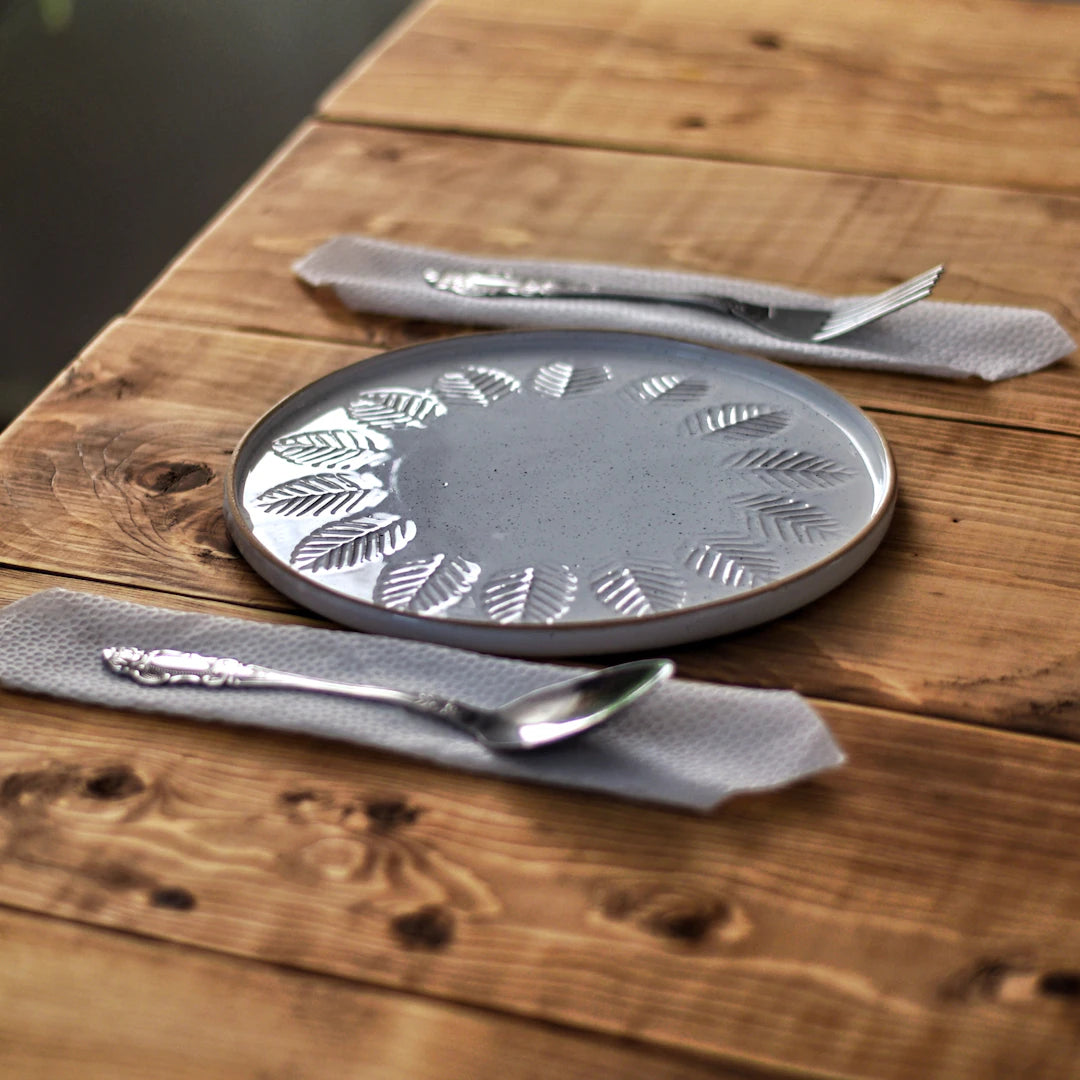
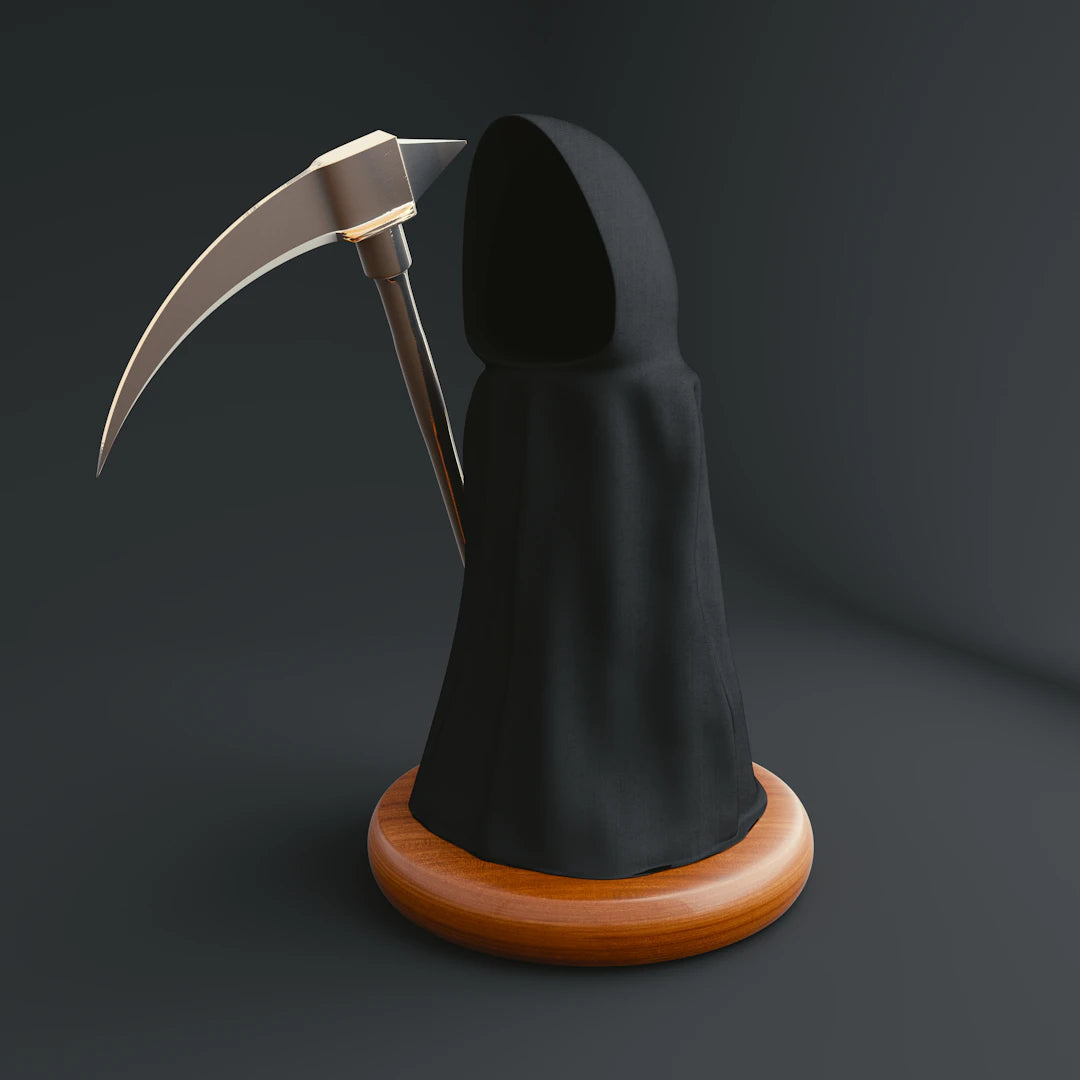
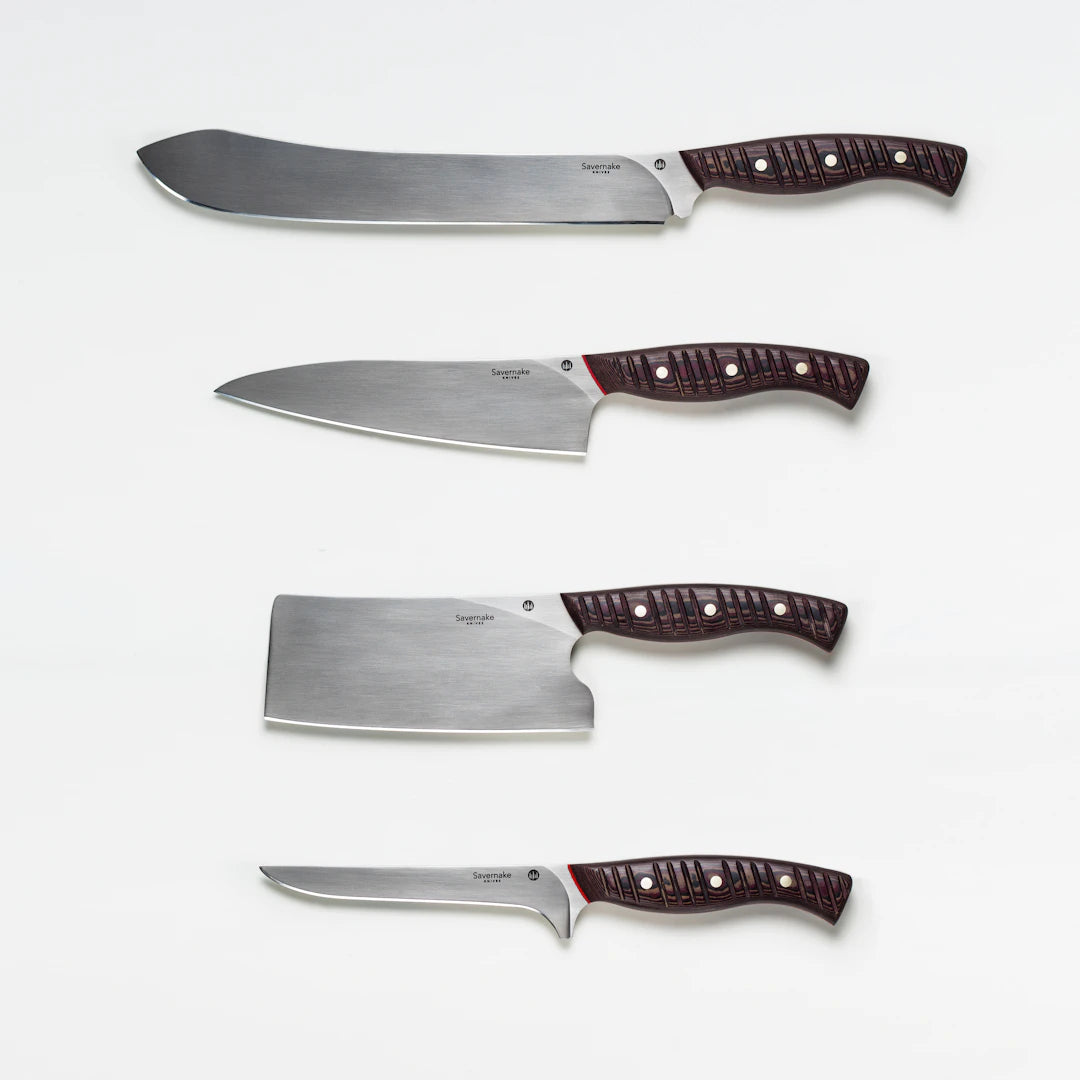
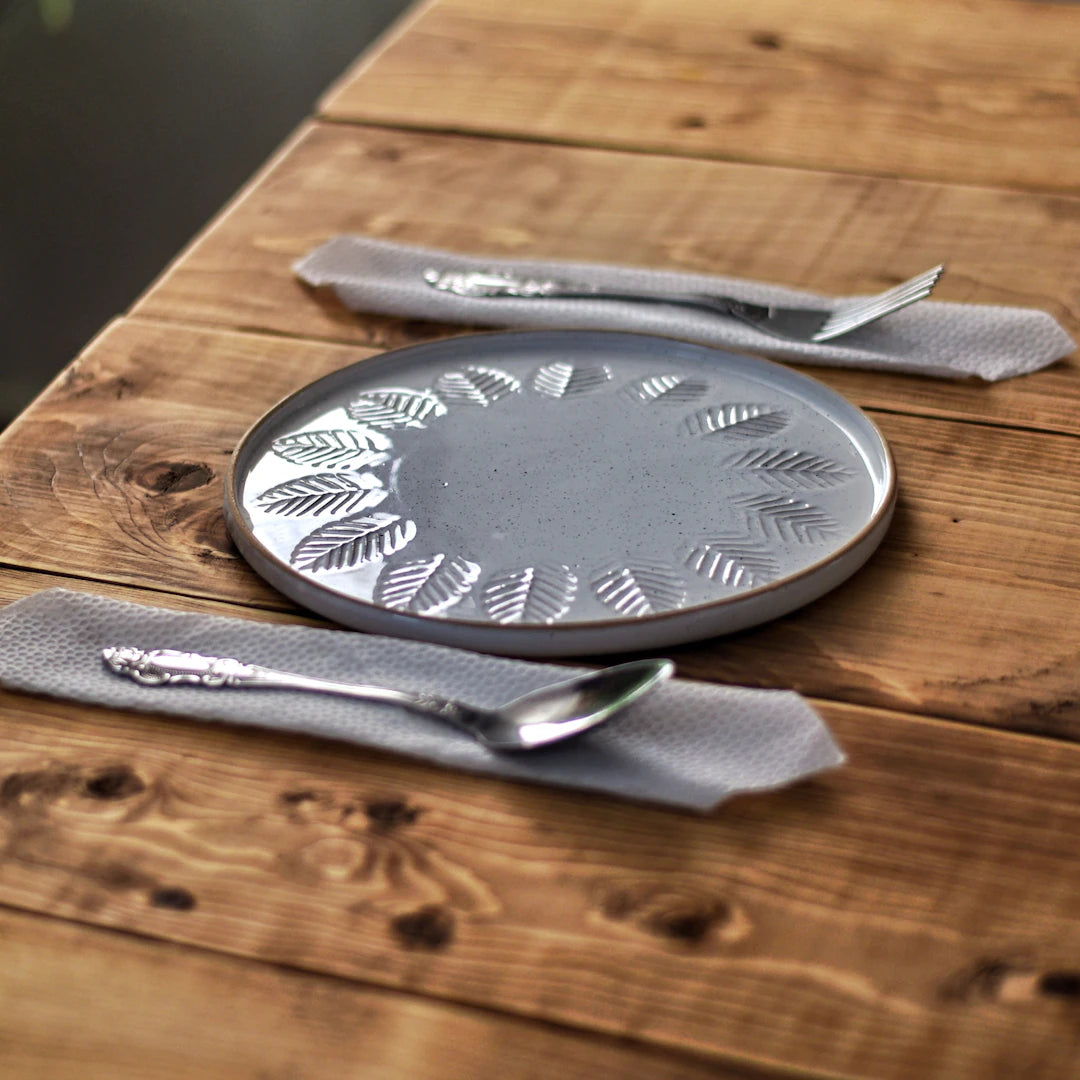

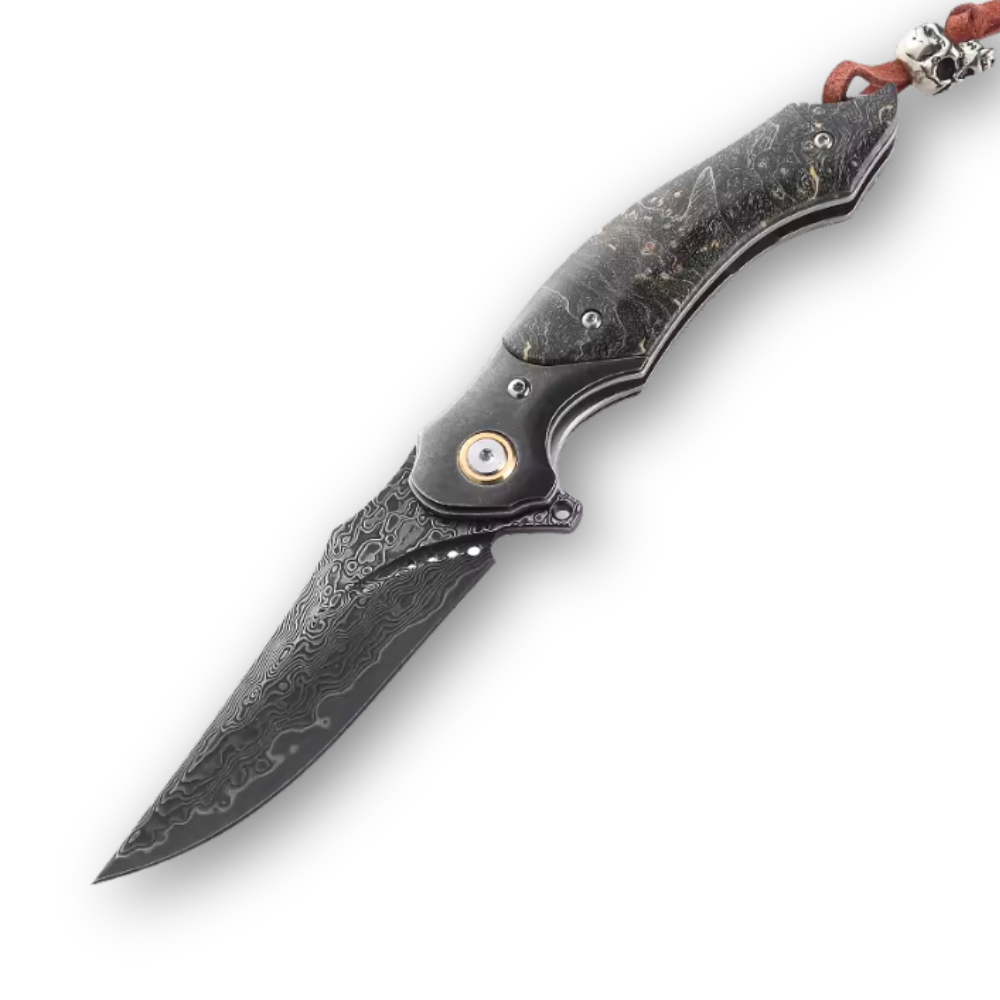
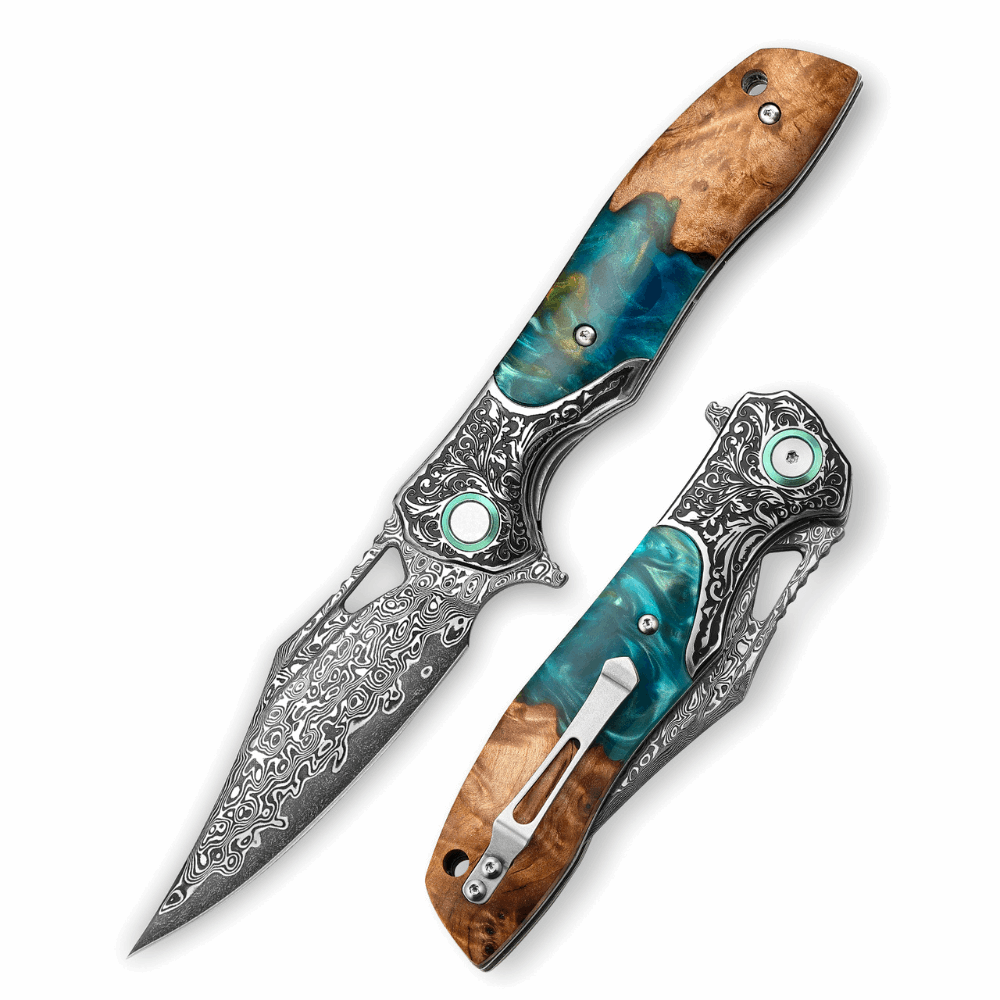
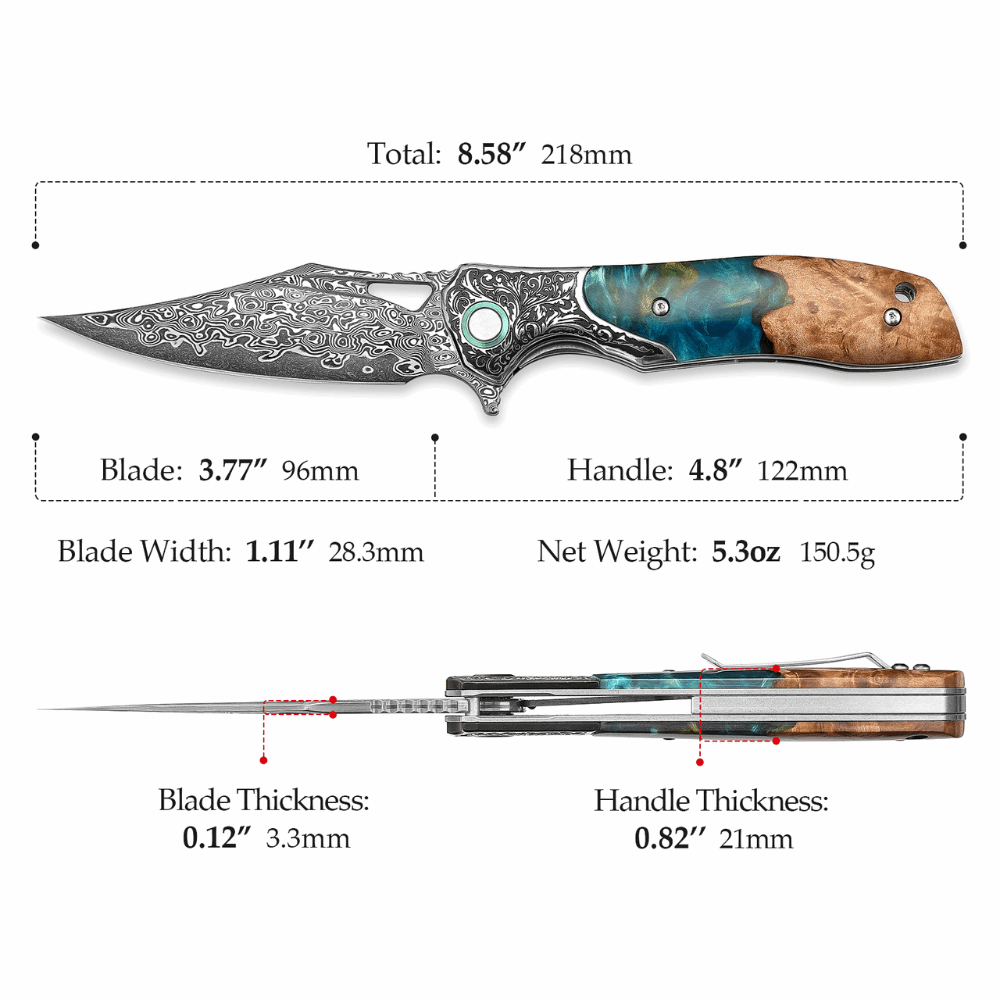
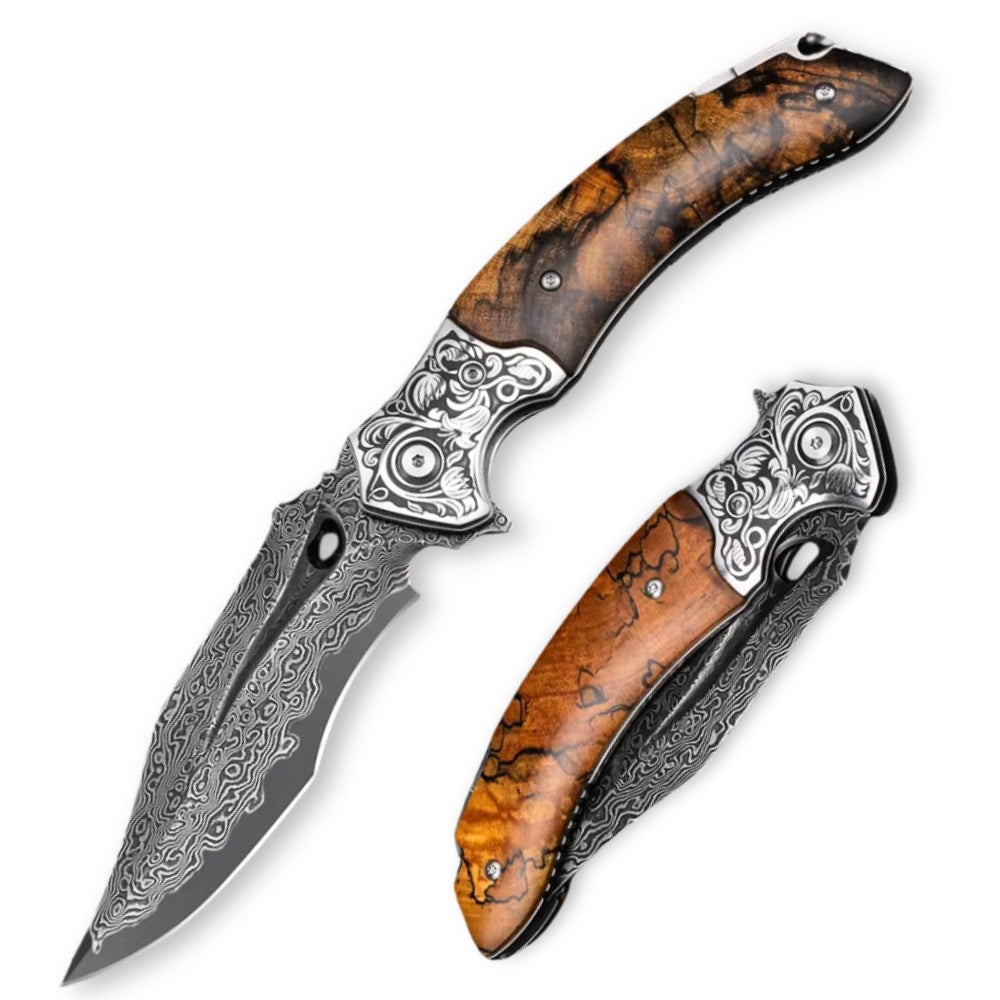
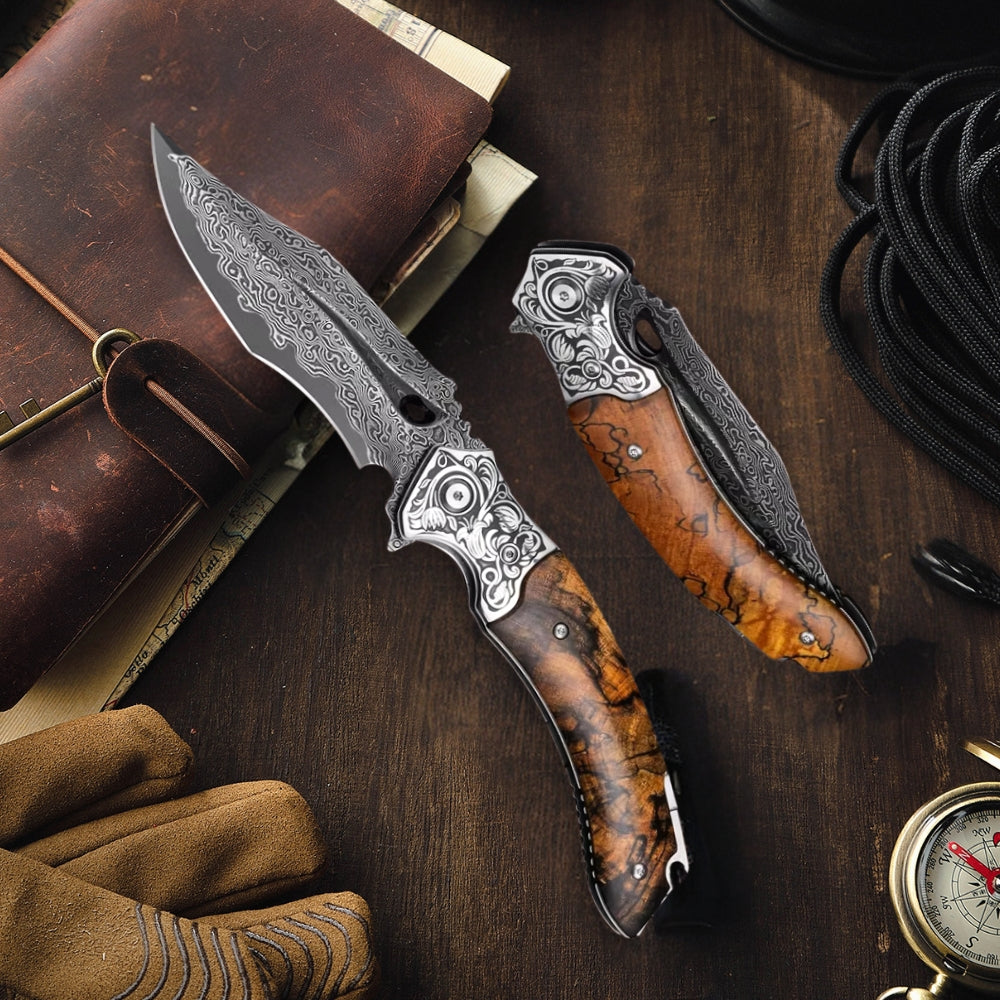
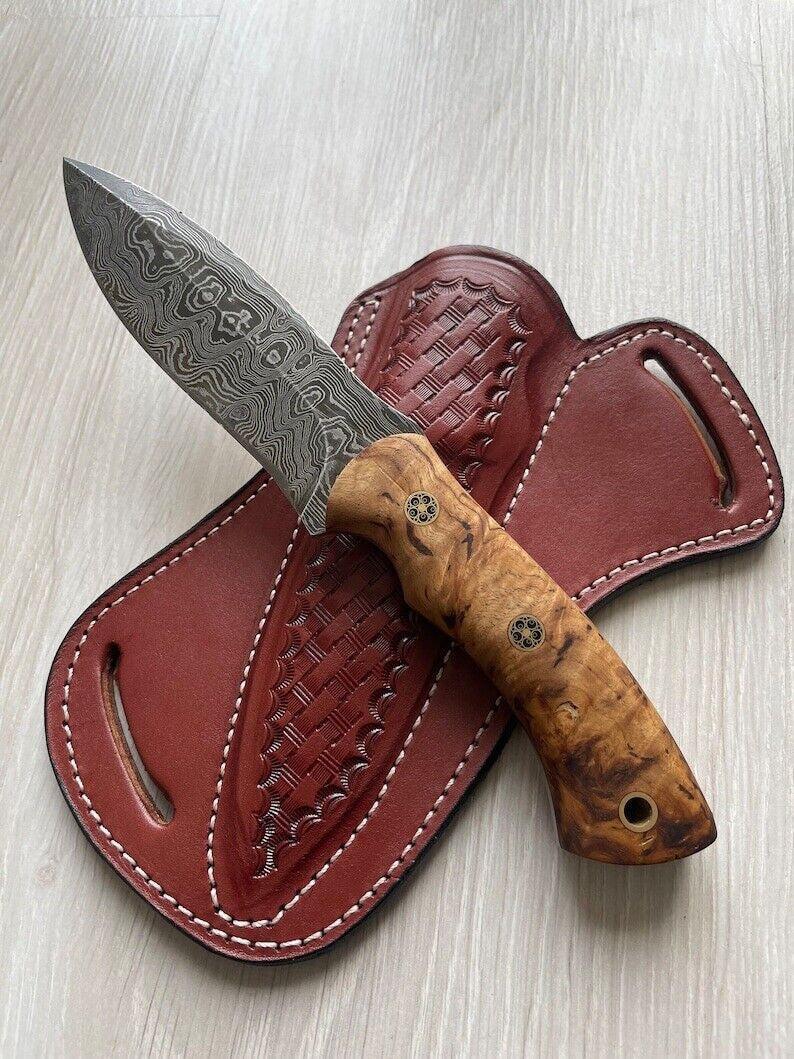
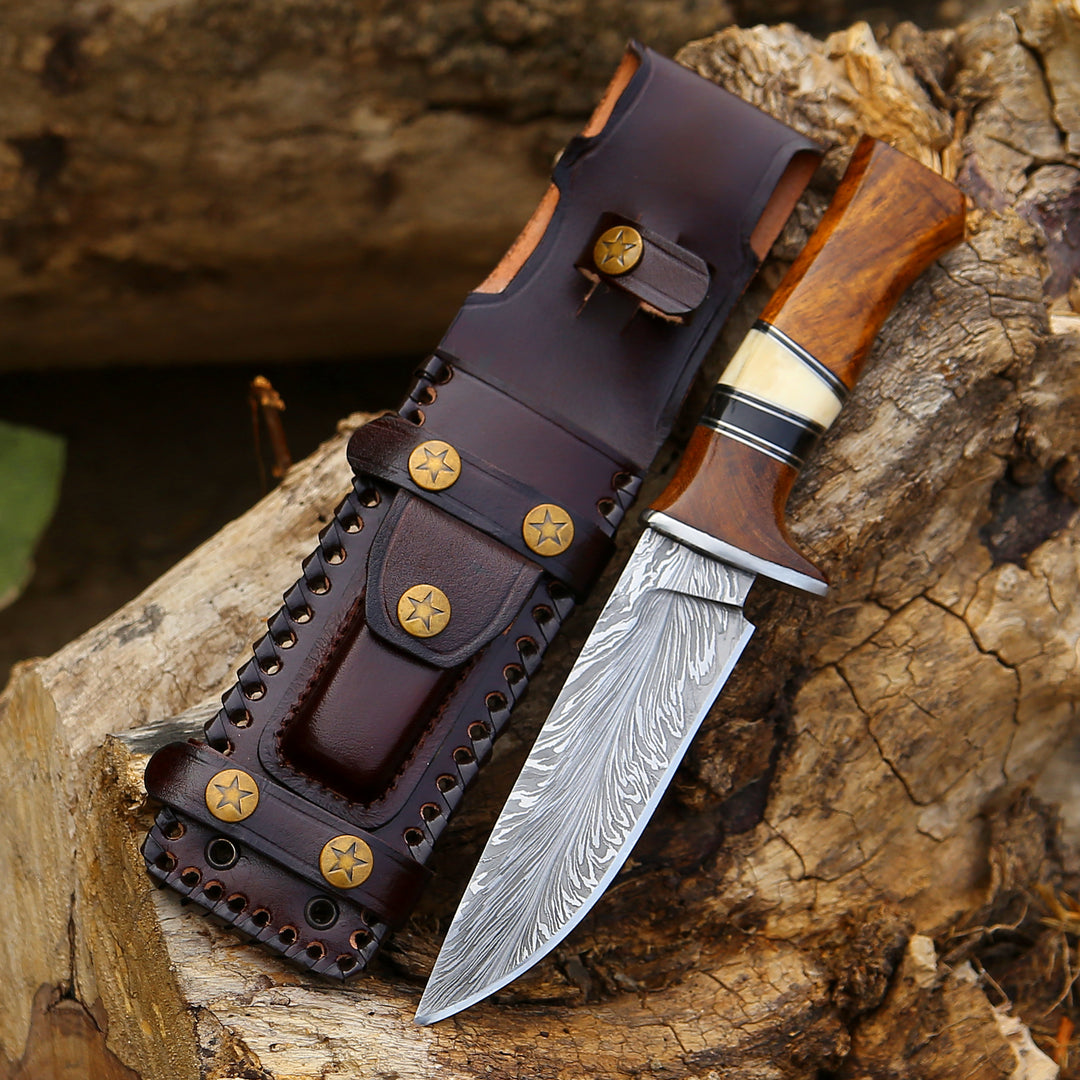
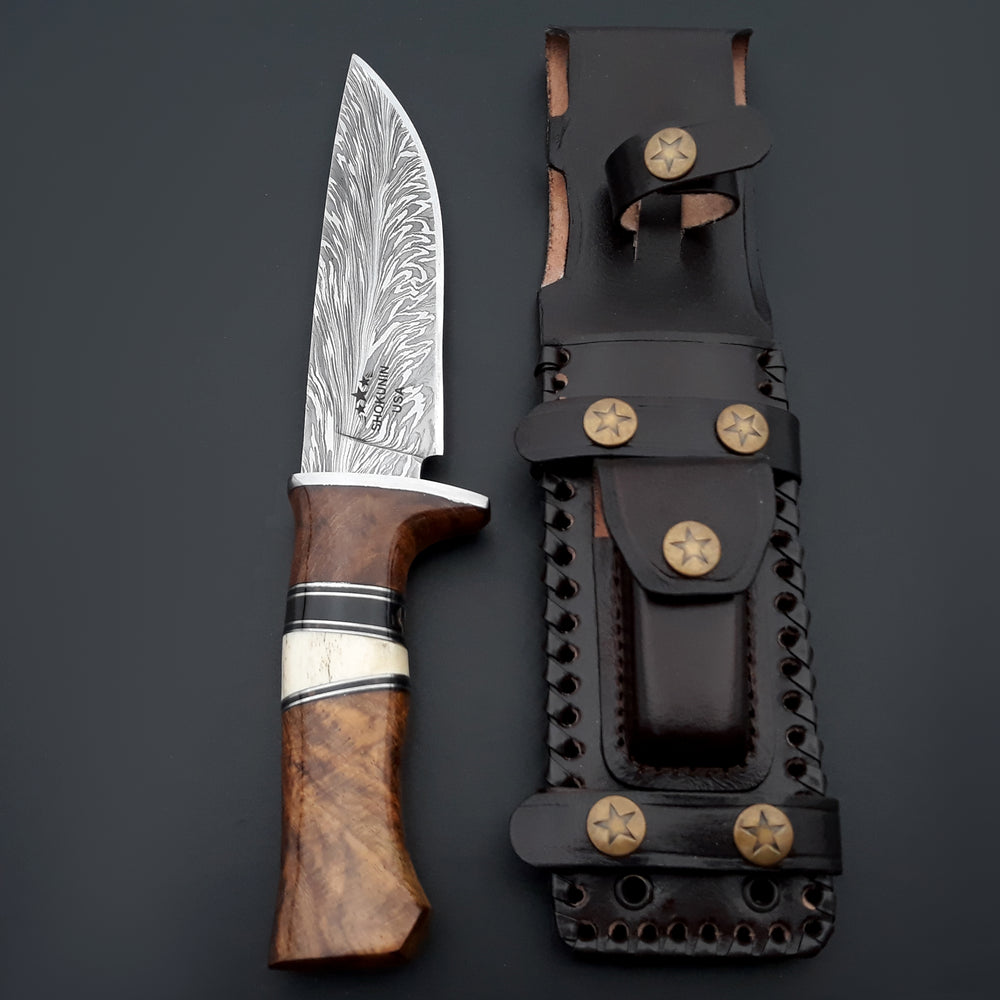
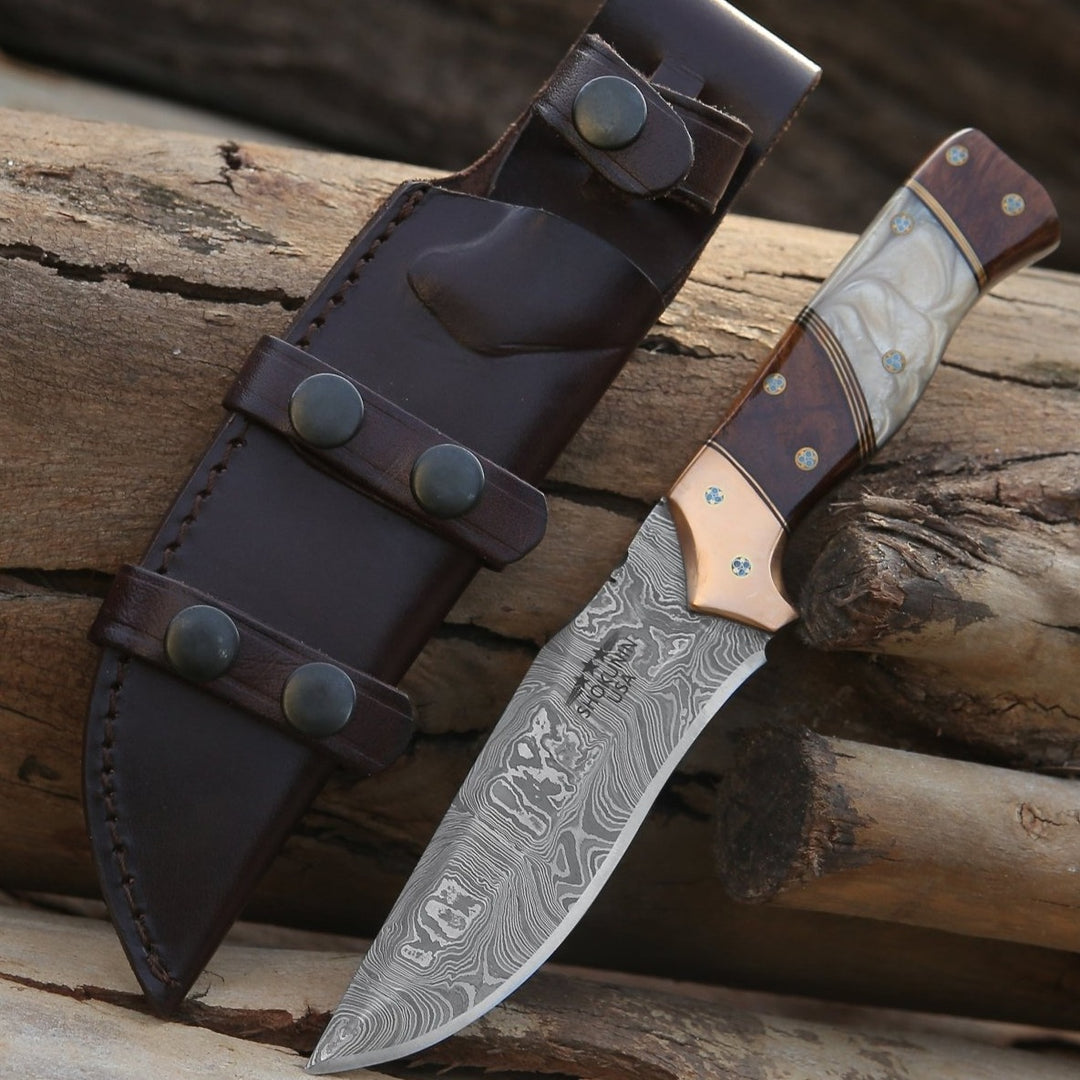
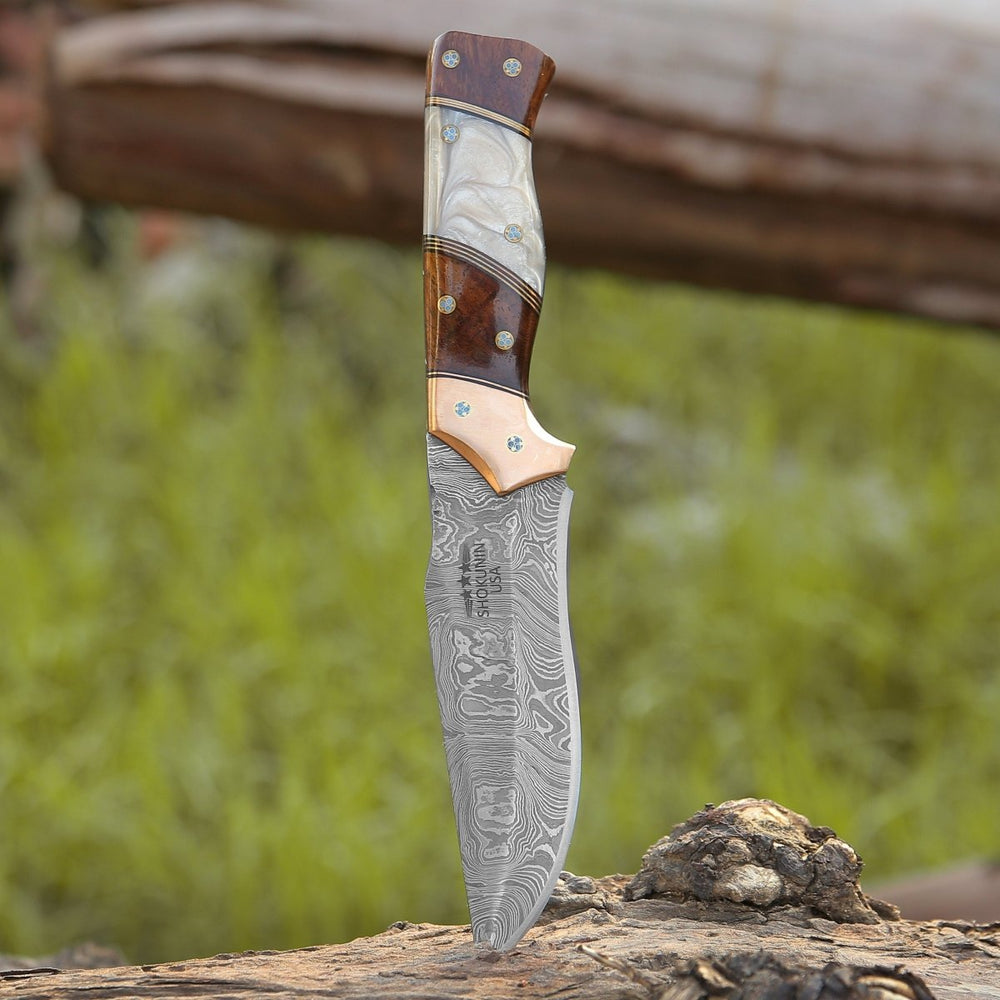
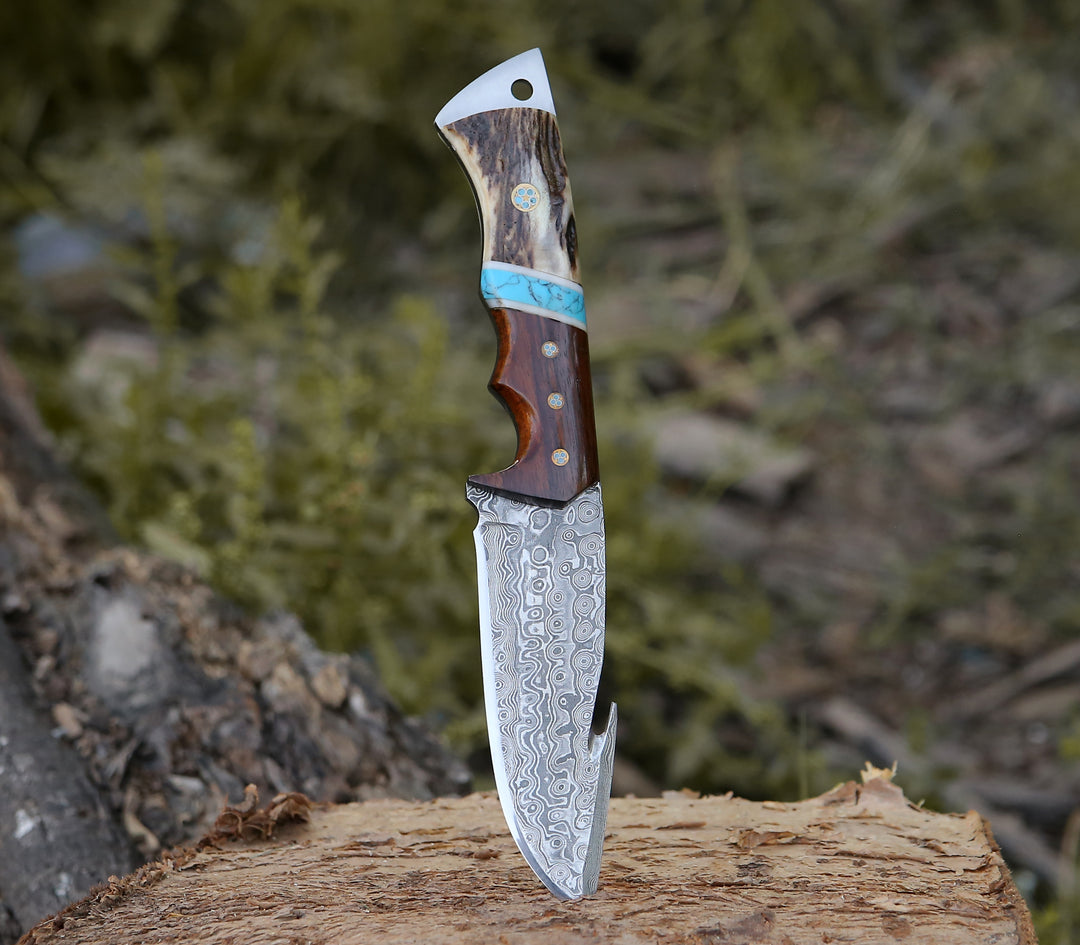
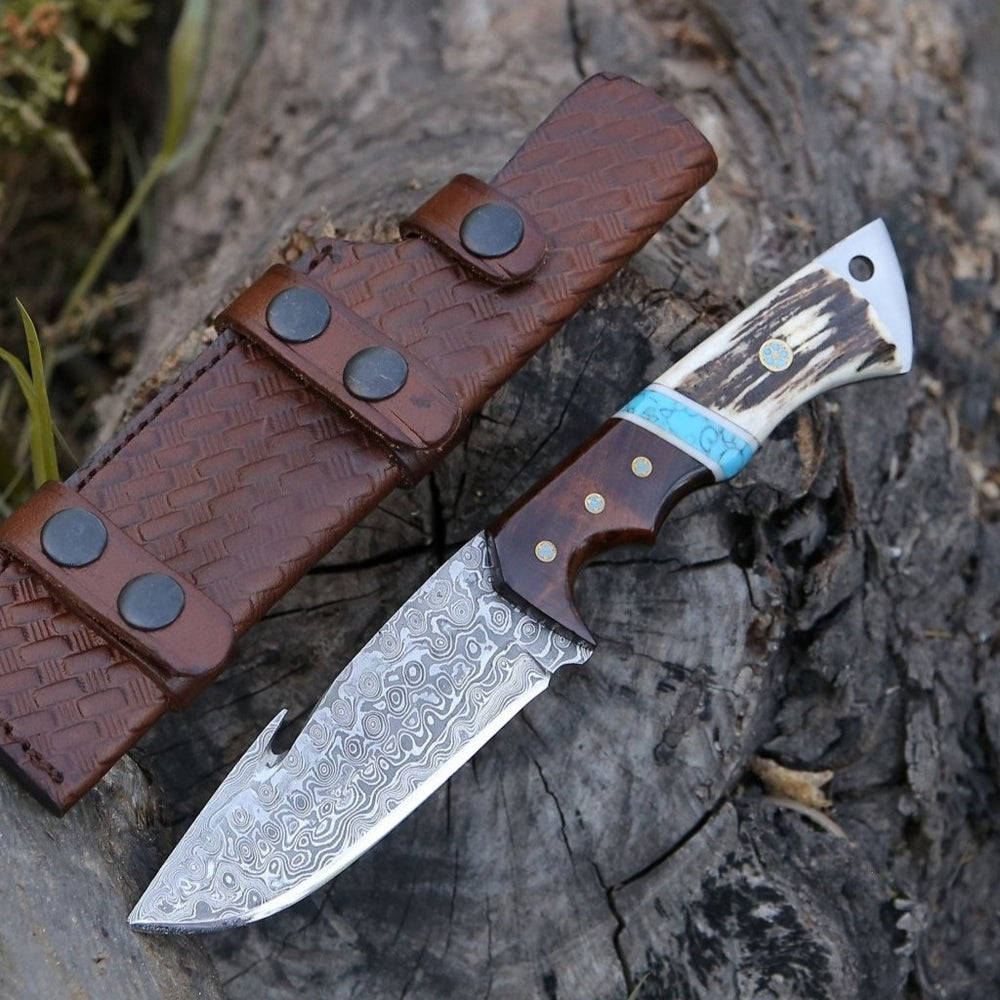
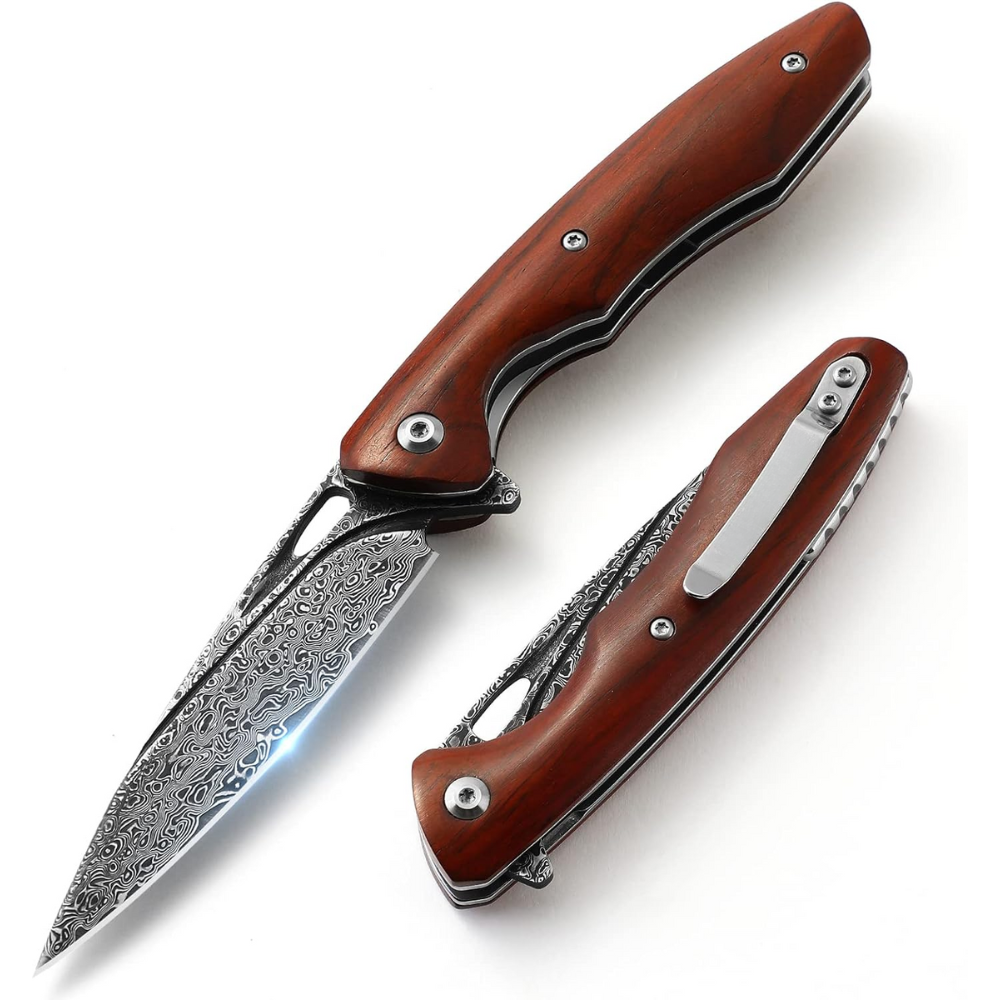

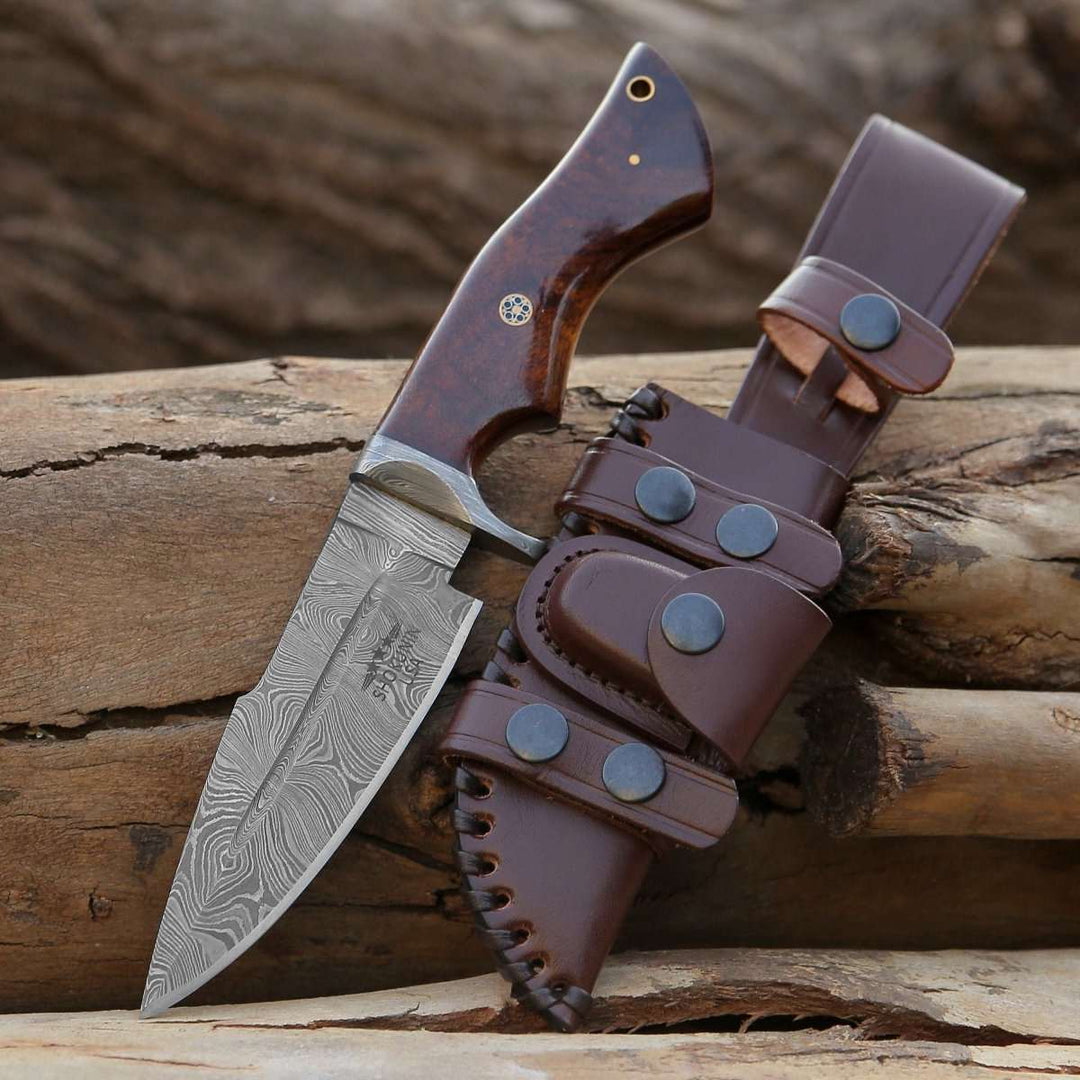
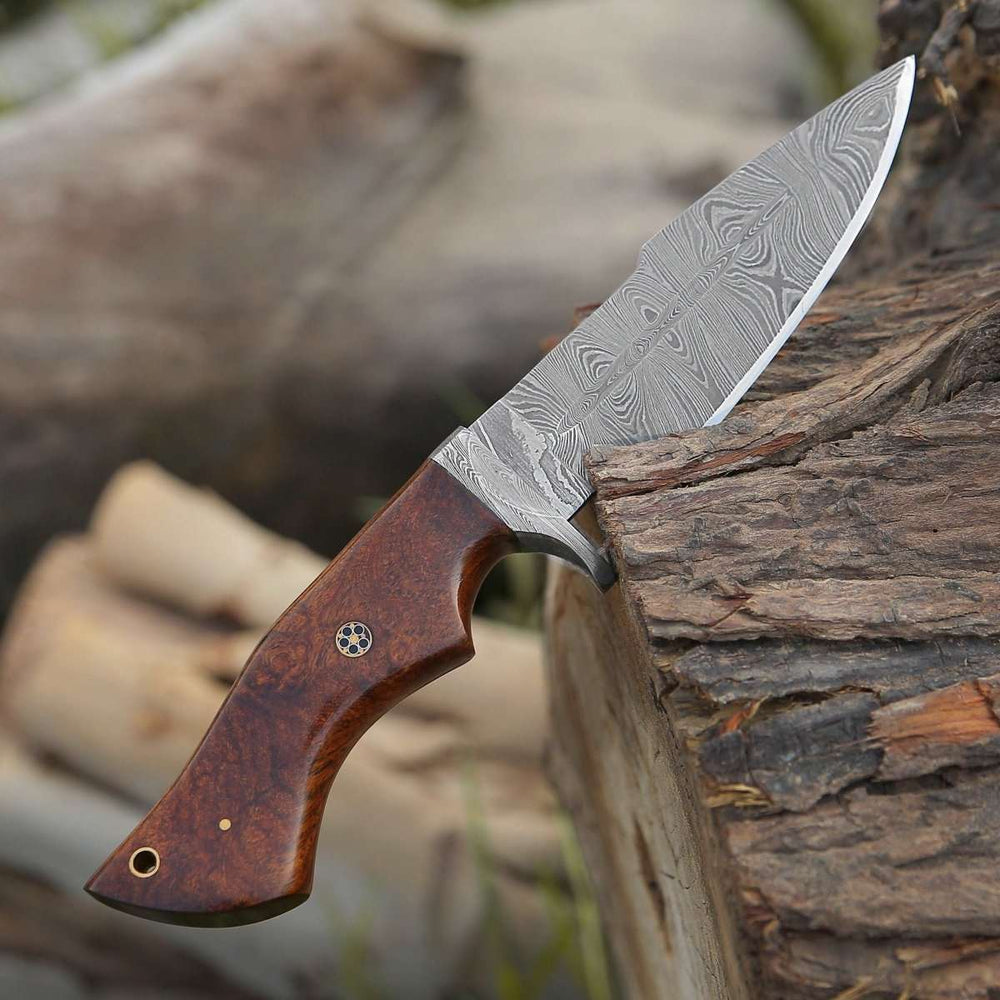
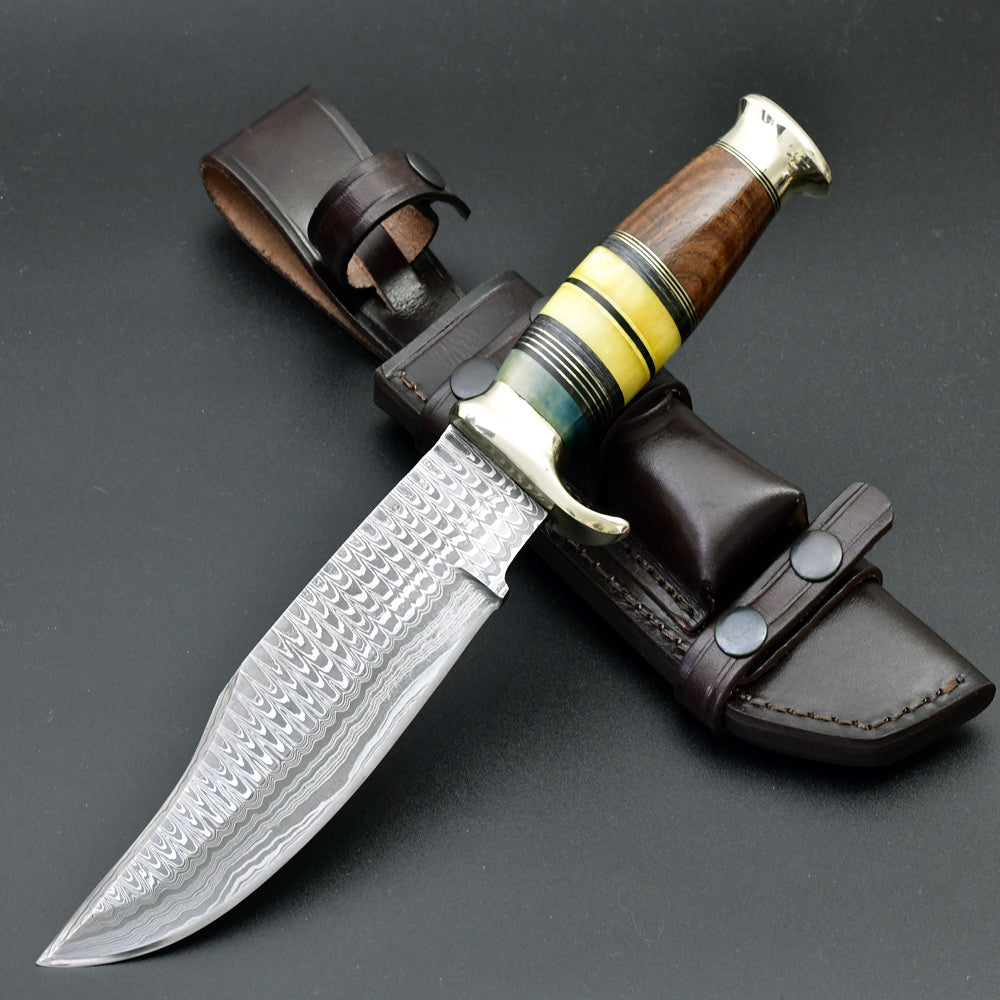
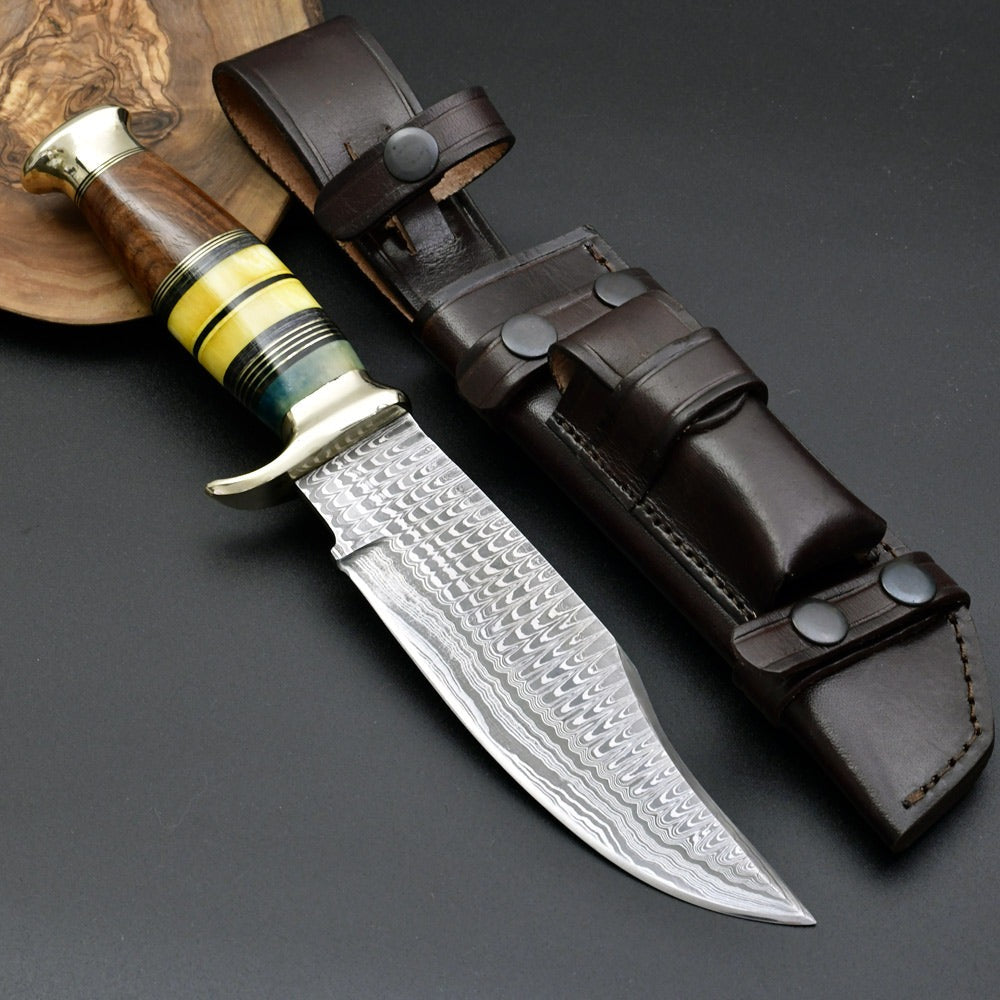
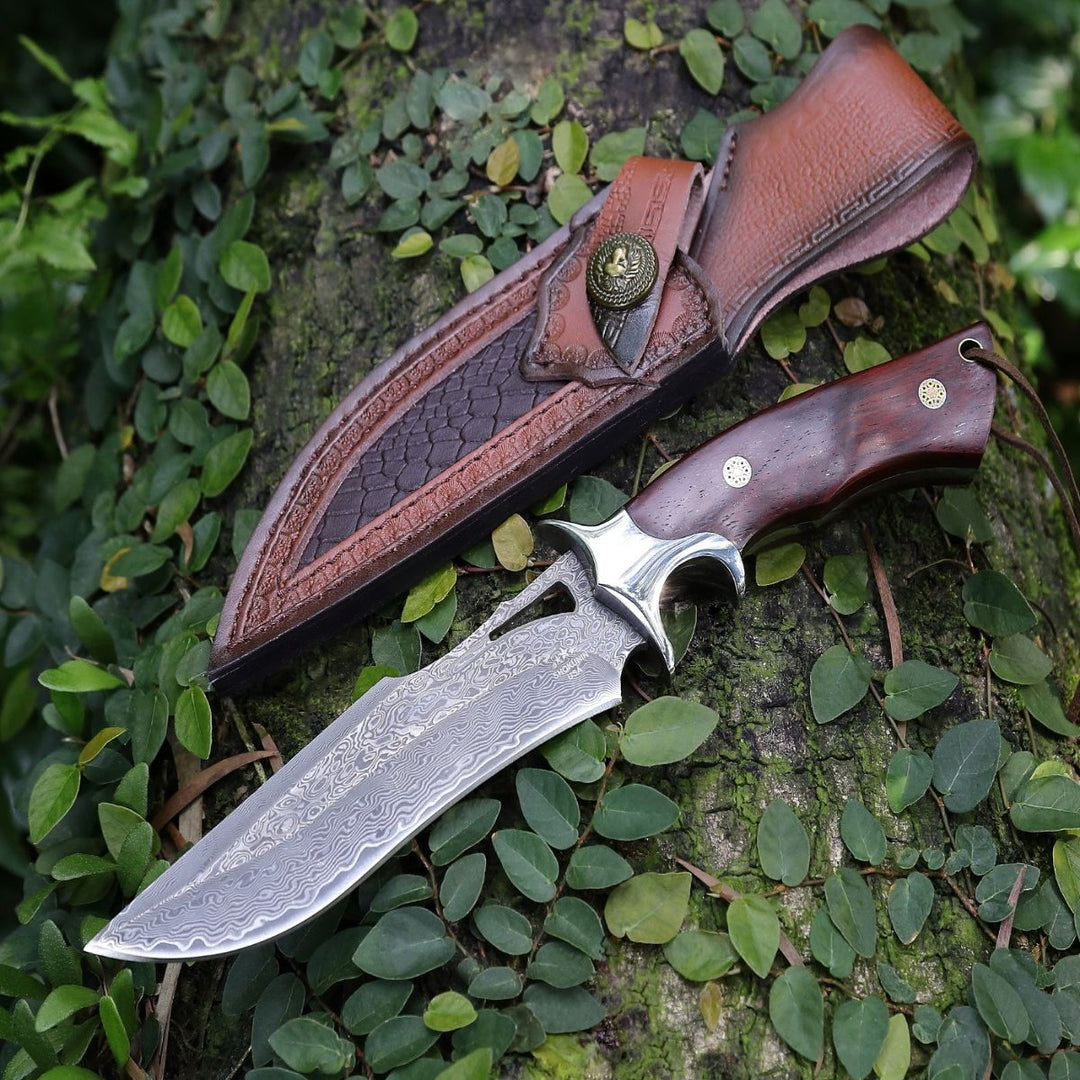
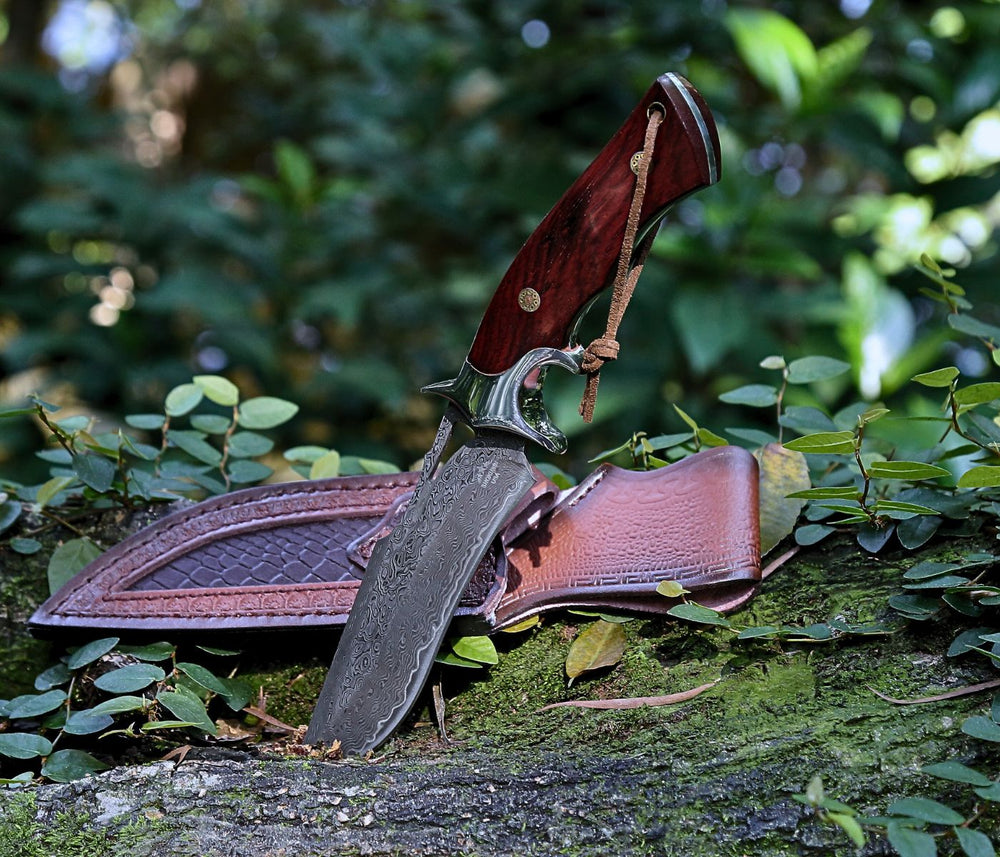
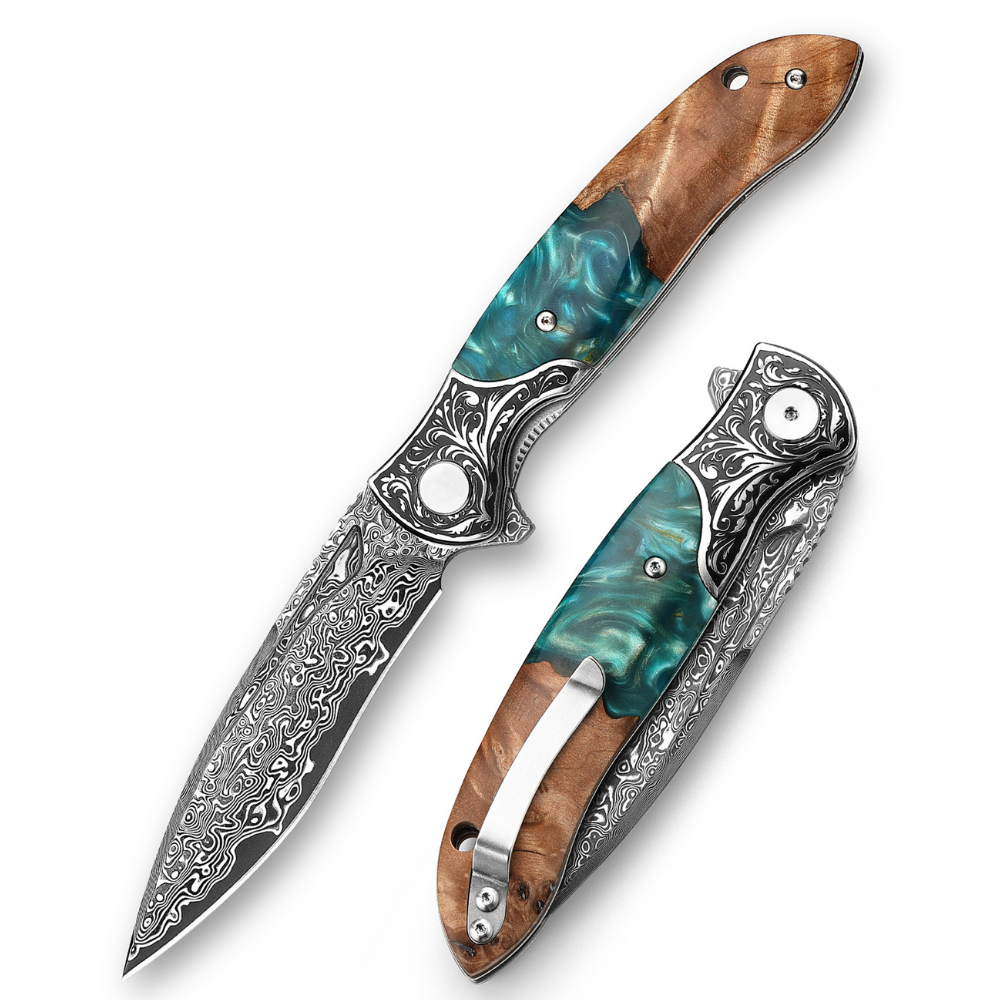
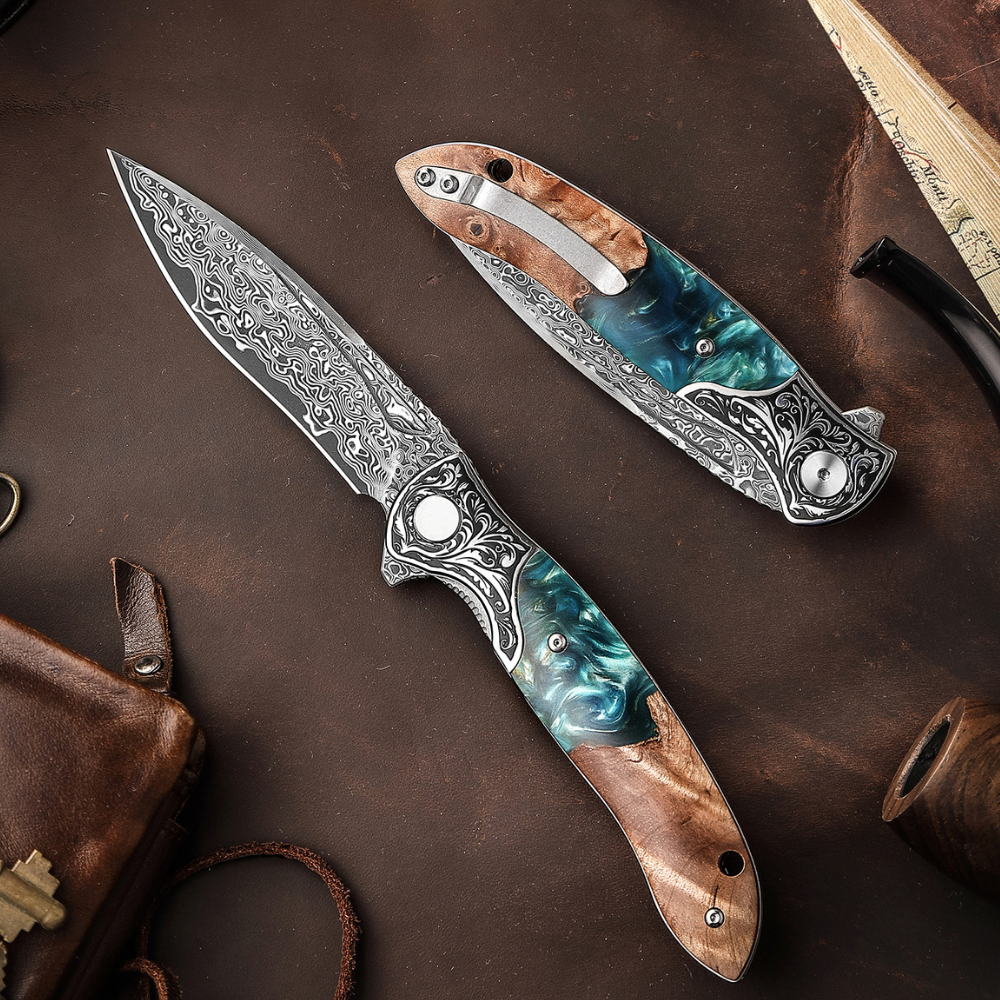
Leave a comment